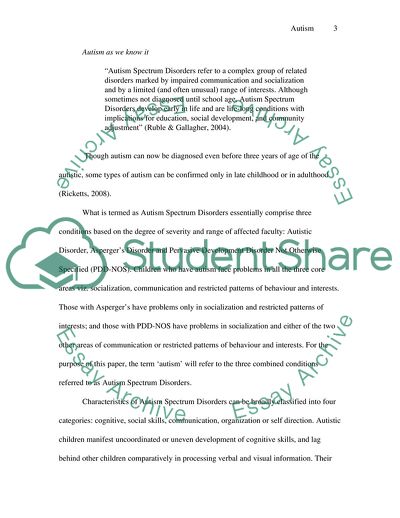Cite this document
(The Bizarre Actions of Different People Case Study, n.d.)
The Bizarre Actions of Different People Case Study. https://studentshare.org/health-sciences-medicine/1716111-autism
The Bizarre Actions of Different People Case Study. https://studentshare.org/health-sciences-medicine/1716111-autism
(The Bizarre Actions of Different People Case Study)
The Bizarre Actions of Different People Case Study. https://studentshare.org/health-sciences-medicine/1716111-autism.
The Bizarre Actions of Different People Case Study. https://studentshare.org/health-sciences-medicine/1716111-autism.
“The Bizarre Actions of Different People Case Study”. https://studentshare.org/health-sciences-medicine/1716111-autism.


